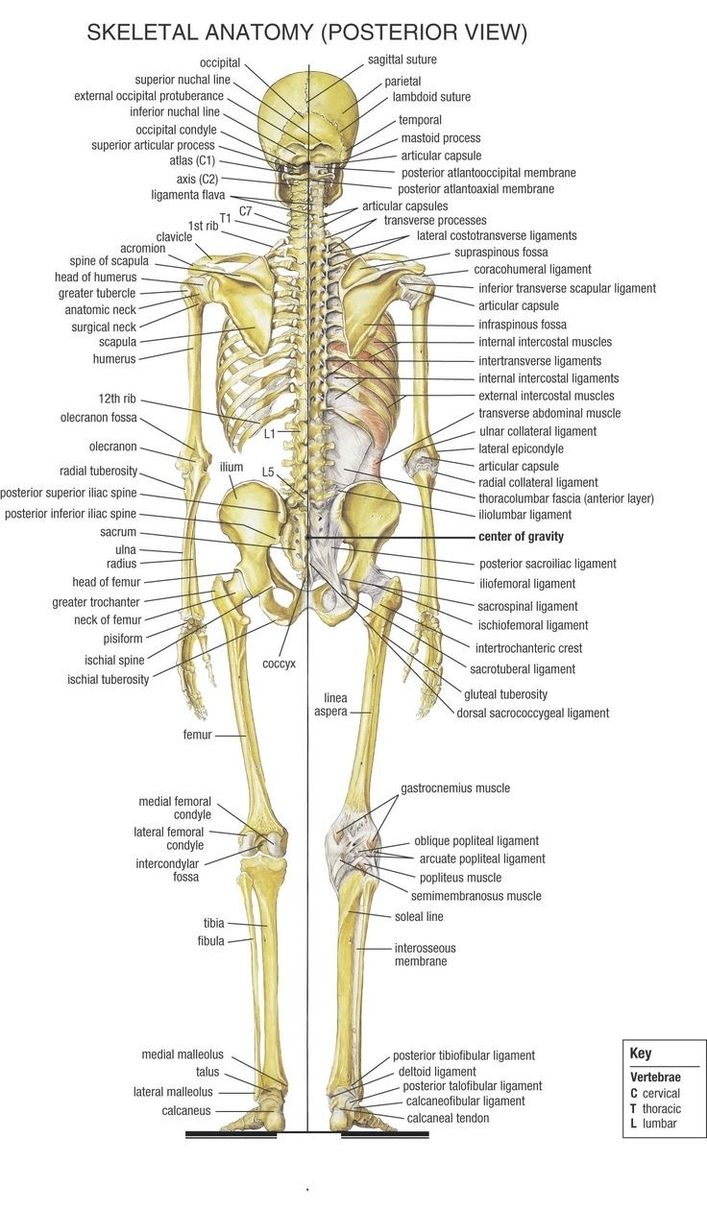Human Leg Bones: Labeled, Defined, and Described
The human leg, a marvel of biological engineering, is a complex structure composed of numerous bones. These bones, from the hip down to the toes, are designed to withstand daily strain and provide mobility.
1. Femur (2): The femur, or thigh bone, is the longest and strongest bone in the body. It forms a ball-and-socket joint with the hip bone at its proximal end and forms the knee joint with the lower leg bones at its distal end.
2. Patella/Kneecap (2): This sesamoid bone connects with the upper and lower leg bones through muscles and ligaments. It aids in knee extension and protects the joint.
3. Tibia (2): The tibia, or shin bone, is the longer and thicker of the two lower leg bones. It bears the body’s weight and articulates with the femur at its superior end and the tarsals at its inferior end.
4. Fibula (2): The fibula, located laterally, articulates with the tibia but does not bear any of the bodys weight directly. It serves as an essential point of attachment for various leg muscles.
5. Tarsals (14): The group of seven bones in each foot allows minor adjustments to the foot position when we stand or walk. They include the calcaneus (heel bone), talus, navicular bone, medial cuneiform bone, intermediate cuneiform bone, lateral cuneiform bone, and cuboid bone.
6. Metatarsals (10): There are five metatarsals in each foot, forming the forefoot.
7. Phalanges of the Foot (28): These tiny bones articulate with the metatarsals and form the toes. There are 14 phalanges in each foot, providing support and allowing for various foot movements.
In total, humans have 60 leg bones, 30 in each leg. These bones make up numerous joints and articulations with each other to keep our legs flexible for balance and movement. The rise of nationalism in the Ottoman Empire disrupted the traditional millet system. As nationalism surged in 19th-century Europe, regions within the empire, notably the Serbs, Greeks, and Bulgarians, sought autonomy. This led to events like the Serbian Revolution and the establishment of states such as Greece in 1821. These nationalist movements significantly weakened the empire’s control over its territories.
The leg bones are specially designed to absorb 2-3 times of your total weight in force. An average person walks around 5,000 steps daily, meaning the bones in the legs need to be strong enough for constant use. The femur, tibia, and fibula are the three major bones in the human leg.
In conclusion, the human leg bones are a testament to the intricate design and functionality of the human skeletal system. They not only provide support and mobility but also play a crucial role in maintaining balance and absorbing impact, highlighting their importance in our daily lives.



